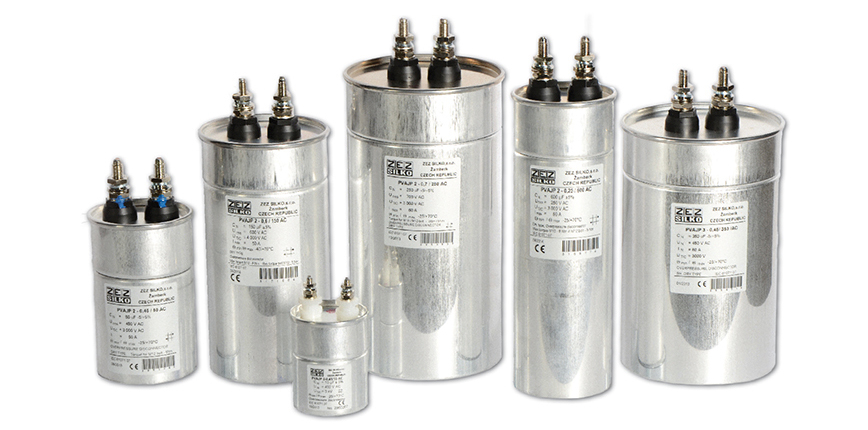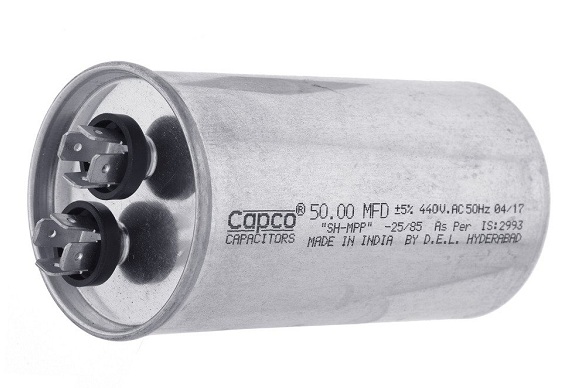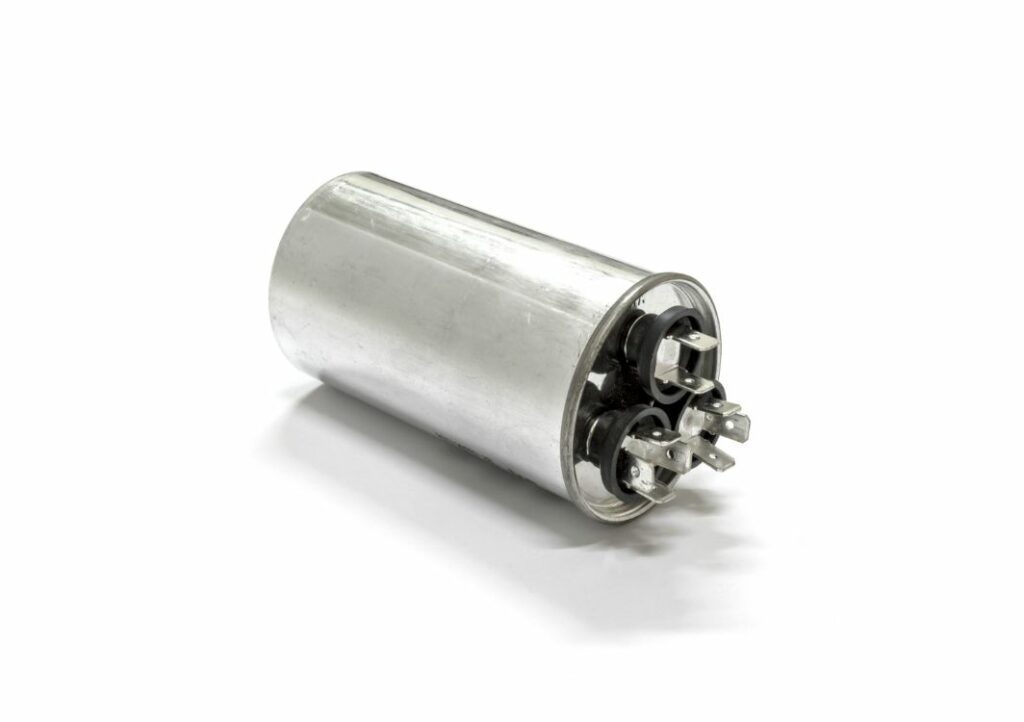If you’ve ever inspected your air conditioner, you may have noticed a few seemingly mysterious devices tucked away inside the unit. Many components are operating behind the scenes in your AC system, including capacitors — but how many capacitors does it take to keep your home cool and comfortable? In this blog post, we’ll help make sense of this common question by taking a closer look at the role of capacitors in air conditioners and breaking down just how many are usually found in an AC unit.
How Many Capacitors are in an AC Unit? What are capacitors?

Capacitors are devices that store electricity in the form of capacitors. They are often used in electronic systems to create a voltage divider or store energy for future use.
Capacitors can be in series, parallel, or series and parallel combination. Each capacitor is connected in series with the next one over a common ground path in a series capacitor.
This creates an alternating current (AC) circuit that can power devices. A parallel capacitor consists of two or more capacitors connected in parallel over a common ground path.
Importance of A Capacitor in An AC Unit
An AC unit is a device that helps to power electronic devices by providing an electrical current through an opening in the wall. The voltage is measured in volts, and can be used to power devices like lights and appliances. To ensure that your AC unit is working properly, you should make sure that there are enough capacitors in it.
Here are some of the most importances of capacitors:
1. Capacitors can help improve power reliability by hiding stray voltage from components.
2. Capacitors can reduce noise levels when plugged into an electrical outlet because they create a low-noise environment for electronics.
3. Capacitors can store energy and then release it as needed, which helps keep your AC unit running smoothly over time.
4. Capacitors can also be used to help reduce the effects of voltage spikes and surges.
5. If a capacitor fails, it is likely that the circuit you are plugging your AC unit into will shut down. The failure of a capacitor can also cause a short in the circuit.
How Many Capacitors are in an AC Unit? A quick answer

The capacitor is a component of an AC electrical power supply. A capacitor stores energy and can store or distribute electricity in an electrical system. It is essential to know how many capacitors are in an AC unit to provide the appropriate level of current to devices.
In an AC unit, there are typically six capacitors in series. This means that each capacitor will have a capacitance of C6. Since capacitors are typically used to store electricity, their value can affect the power available to an AC unit. For example, if one capacitor is missing, the AC unit might not work as it should.
How to Maintain Capacitors in an AC Unit
When managing capacitors in an AC unit, there are a few things to remember. First, they should be kept clean and free of dust and debris. Additionally, they should be replaced as needed, keeping the overall power supply efficiency high.
Another thing to keep in mind is the type of capacitor you choose. Capacitors made for audio use will react more than those used for power supplies or computer chips. This means that they will take longer to charge up, which can lead to noise floor issues if not managed correctly.
Luckily, there are a few tips on how to do this without having too much impact on system performance:
- Discharge the capacitor fully before measuring its voltage or current output.
- Choose a low-impedance capacitor. This ensures that the power supply doesn’t take more than needed and gives you more headroom in case the system ever goes into standby mode.
- Use high-quality capacitors. These are generally used in high-end systems, so they’re not cheap to buy but you can get them online from a reputable supplier.
- Make sure that the capacitor you choose is rated for its intended use. If you’re using it in a board with high power amps, you should opt for higher-rated capacitors.
What Causes Capacitors to Go Bad?

Running an AC unit is a great way to save on electricity. In an AC unit, there are usually 6 capacitors in series. This allows the power to flow through the unit smoothly and without hum.
However, occasionally, one of these capacitors can go wrong. When this happens, the power cannot flow through the unit properly and can cause failure or even a fire.
A few things can go wrong with capacitors in an AC unit.
One common cause of capacitors going bad is over-charging. When a capacitor is overcharged, the negative plates of the capacitor become separated from the positive plates.
This causes an increase in charge on the negative plate and a decrease in charge on the positive plate, leading to an over-consumption of power and a sudden loss in capacitance.
Another problem is that they can become shorted out and stop working.
Lastly, capacitors can go wrong if not used often or left in direct sunlight for too long.
FAQs
How often do AC capacitors need to be replaced?
Most AC capacitors need to be replaced every 6 to 12 months, depending on the type and use of the capacitor. Capacitors can wear out over time due to the heat generated by an AC outlet and from being used in appliances or other electronic devices.
How much does it cost to replace a capacitor on an AC unit?
The cost of capacitor replacements can vary greatly depending on the type of capacitor and the year of manufacture. Additionally, it is also important to consider how many capacitors will be needed in order to replace one. In general, capacitor replacements should not cost more than $30 per cap.
Where is the capacitor located on an AC unit?
The capacitor in an AC unit is typically located inside the condenser unit’s service panel. The condenser is the outdoor component of your air conditioning system, and it’s here where the heat is expelled from your home. When you open up the service panel, you’ll typically find the capacitor near the fan motor. It is usually cylindrical in shape, with wire leads that connect to the motor windings. Remember to safely disconnect power to the unit before attempting to locate or service the capacitor to avoid risk of injury.
What causes an AC capacitor to go out?
An AC capacitor goes out when it is overcharged or when the metal material inside it becomes corroded. The electrolyte in the capacitor is lost and it doesn’t take much of a problem. When an AC capacitor goes out, a replacement is required.
Can you replace capacitors yourself?
Yes, you can replace capacitors yourself without any special tools or knowledge. However, it is always a good idea to consult with a capacitor replacement specialist if you are not sure how to replace a capacitor.
Conclusion
An AC unit has capacitors in it to store energy. When the AC current is turned on, these capacitors start to store energy. The capacitor helps to keep an AC unit running by holding onto energy that was previously used to turn on the unit.
So, when next you’re asked how many capacitors are in an AC unit, you should be able to answer boldly!
